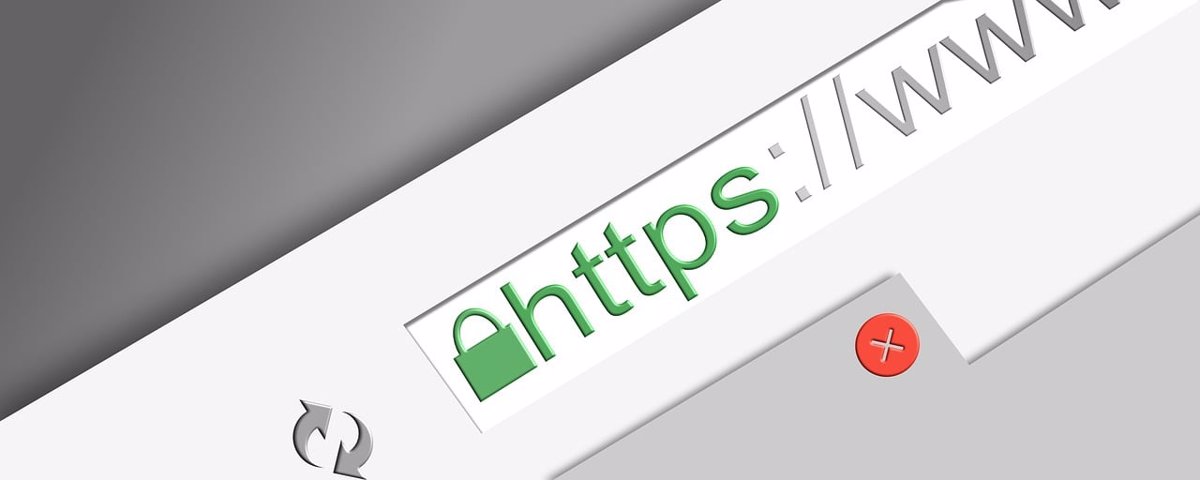Cybercriminals often use shortened URLs to hide malicious files and execute social engineering attacks like phishing and smishing. These links are designed to look legitimate but lead users to sites for downloading infected files without their knowledge. It is important to be aware of these dangers and act responsibly and safely online.
Companies may also misuse shortened URLs for user profiling and fingerprinting to track user locations through IP addresses and target personalized ads. Users must be cautious when clicking on shortened URLs and avoid providing private information, passwords, or access data. It is recommended to enter the original website directly and start from scratch to protect against potential fraudulent URLs.
If accessed, websites through shortened links should be scanned with antivirus software and passwords changed. Internet tools like Securi or CheckShortURL can analyze shortened URLs and preview the webpages for any malicious software. It is crucial to verify the security of the website by checking for the HTTPS protocol and a security lock before providing any sensitive information or clicking on any links. Users should exercise caution when interacting with unfamiliar links and prioritize online safety measures to protect against cyber threats, malware, and potential fraudulent activities.
To protect themselves from malicious links, users should avoid clicking on them altogether or only click on them if they know the sender or have verified their identity. Additionally, it is essential to use strong passwords that are not easily guessable or reused across multiple accounts. Finally, regularly updating antivirus software can help detect potential threats before they cause harm, ensuring a safe online experience for all users.
In conclusion, cybercriminals often use shortened URLs as a tool for hiding malicious files and executing social engineering attacks like phishing and smishing. Users must be aware of these dangers and act responsibly when interacting with unfamiliar links online. Companies may also misuse these links for user profiling, so it is essential to verify the security of any website before providing sensitive information or clicking on any links.
Internet tools like Securi or CheckShortURL can help detect potential threats by analyzing shortened URLs, scanning websites for malware, previewing webpages in a secure environment before clicking on them or downloading anything from them.
Users should prioritize their online safety by using strong passwords that are not easily guessable or reused across multiple accounts; regularly updating antivirus software; avoiding clickbait headlines that lead users down a path of potentially harmful content; being cautious about sharing personal information with strangers; keeping up-to-date with the latest cybersecurity trends; practicing good hygiene such as using two-factor authentication whenever possible; verifying emails’ authenticity before clicking on any attachments or downloading anything from them; exercising caution when opening emails from unknown senders; using virtual private networks (VPN) wherever possible; avoiding public Wi-Fi networks as they may be vulnerable to hacking attempts; being careful about what apps you install on your device as some apps may contain hidden malware that can infect your computer without your knowledge.
By following these tips and best practices, users can ensure a safe online experience while protecting themselves from cyber threats, malware, phishing attacks, smishing attacks, identity theft, company tracking activities via IP addresses



